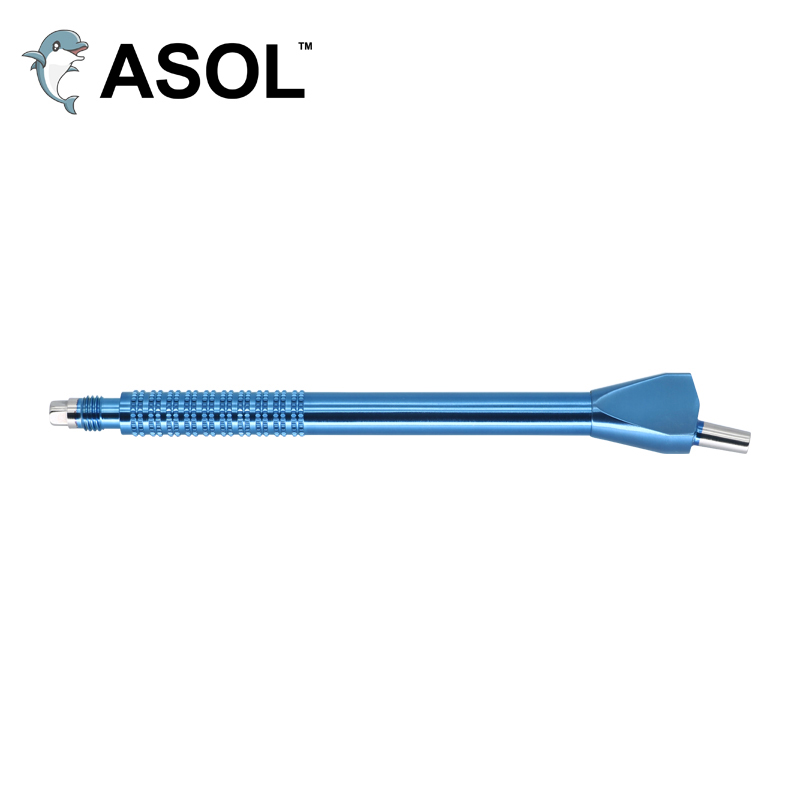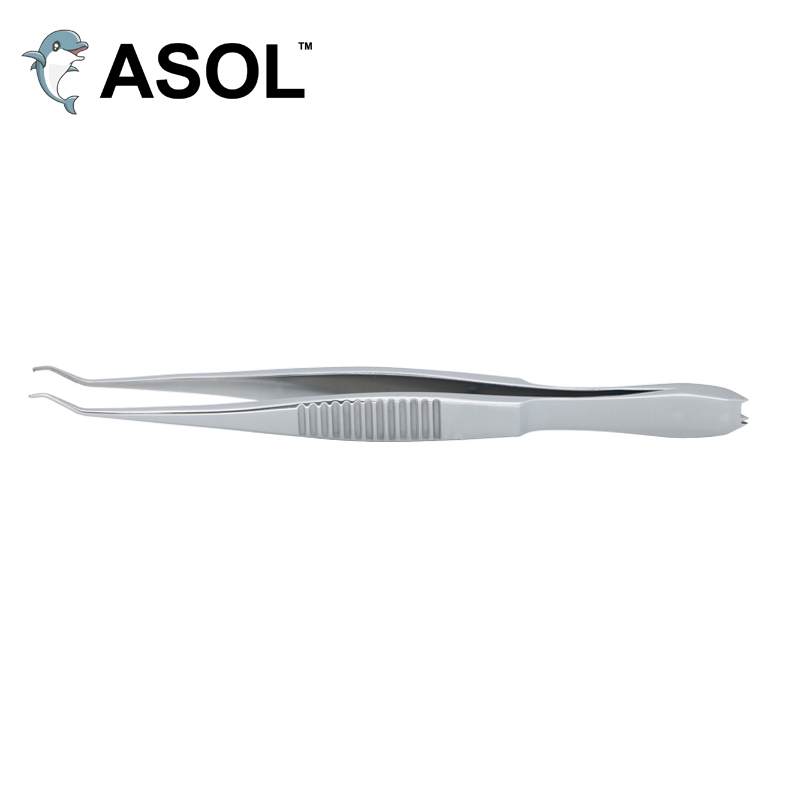See a provider instead of cutting skin tags off yourself
Most skin tags (acrochordon ) need not be removed for health reasons, but many people choose to for cosmetic reasons. 18>Lid

You may wonder if you can cut a skin tag off at home, but that is not a good idea. The safest, most effective way to remove a skin tag is to have your healthcare provider take it off surgically, cauterize it, or freeze it (cryosurgery).
This article covers how healthcare providers clip skin tags. It also lists some do-it-yourself methods for skin tag removal and what you should know if you are considering trying them.
This photo contains content that some people may find graphic or disturbing.
Skin tags are small, soft skin growths that form when the skin rubs against itself. Skin tags can be anywhere on the body but tend to be near skin folds, such as the neck, underarms, torso, eyelids, and inner thighs.
Skin tags are either dark or flesh-colored. They are usually about 2 to 5 millimeters in size but can grow up to half an inch.
Nobody knows why skin tags form, though some risk factors have been identified, including:
Skin tags are usually painless but can get irritated if they catch on clothing or jewelry. Some skin tags are connected to the skin by long, narrow stalks. If these stalks become twisted, it can cut off the blood supply, turning the tag dark brown or black. See your healthcare provider if a skin tag changes color or becomes painful.
Skin tags can sometimes be confused with warts, neurofibromas , or nevi (moles). But by simply looking at the skin growth, your healthcare provider should be able to tell whether it is a skin tag or something else.
Skin tags are benign (non-cancerous). The vast majority of them do not require a biopsy.
Skin tags can bleed heavily when cut off and may require stitches. It is also pretty painful to do it yourself and can leave a scar. But the risk of infection is the most important reason not to cut a skin tag off yourself.
Whenever you cut your skin, you damage the tissue and create a route for infection. It's unlikely that anyone has the sterile environment, proper tools, and medical know-how to remove a skin tag safely at home.
Healthcare providers, of course, do. They can also examine the skin tag to ensure it isn't something else. What you think is a skin tag could be another skin condition—even skin cancer.
And if you're overweight, have skin tags, and haven't seen a doctor in some time, your provider may not only remove your skin tags but test (and, if necessary, treat) you for diabetes.
Providers can remove skin tags in a few ways:
A skin tag might bleed when it's removed. A provider can use a cotton tip applicator that contains aluminum chloride to stop bleeding from a skin tag.
They will also ensure that the area is properly cleaned before and after to prevent infection and may give you care instructions for covering and protecting the wound until it is healed.
After your provider removes a skin tag, it won't grow back. However, that doesn't mean another one won't grow in its place. Certain parts of your body might be more sensitive and more likely to get skin tags than others.
Instead of cutting off a skin tag yourself, there are some home remedies that some people have used in an attempt to make skin tags go away.
You can ask your provider if trying these methods at home would be safe. Just know that there's no guarantee they'll work.
Just because it's natural doesn't mean it's safe. For example, if you are treating a skin tag on your eyelid, keep in mind that many essential oils are not safe to use near your eyes.
Although you may figure that removing skin tags is as simple as grabbing a pair of scissors from the cupboard drawer, it isn't.
First, skin tags should be removed by a trained healthcare professional who can do so in a sterile environment. Second, skin tags may accompany diabetes, a much more serious problem that requires medical evaluation.
Penn Medicine. The skinny on skin tags: 6 questions and answers.
University of Miami Health System. Skin tags are annoying, but harmless.
American Osteopathic College of Dermatology. Skin tags.
American Academy of Dermatology Association. Five reasons to see a dermatologist for mole, skin tag removal.
Coakley A, Wu M, Kumar J. A comparison of ferric subsulfate solution, silver nitrate, and aluminum chloride for pain assessment, time to hemostasis, and cosmesis in acrochordon snip excision. J Clin Aesthet Dermatol. 2020 Dec;13(12):32-37.
Harvard Medicine. Skin tag removal: Optional but effective.
By Naveed Saleh, MD, MS Naveed Saleh, MD, MS, is a medical writer and editor covering new treatments and trending health news.
Thank you, {{form.email}}, for signing up.
There was an error. Please try again.

15>Cilia By clicking “Accept All Cookies”, you agree to the storing of cookies on your device to enhance site navigation, analyze site usage, and assist in our marketing efforts.